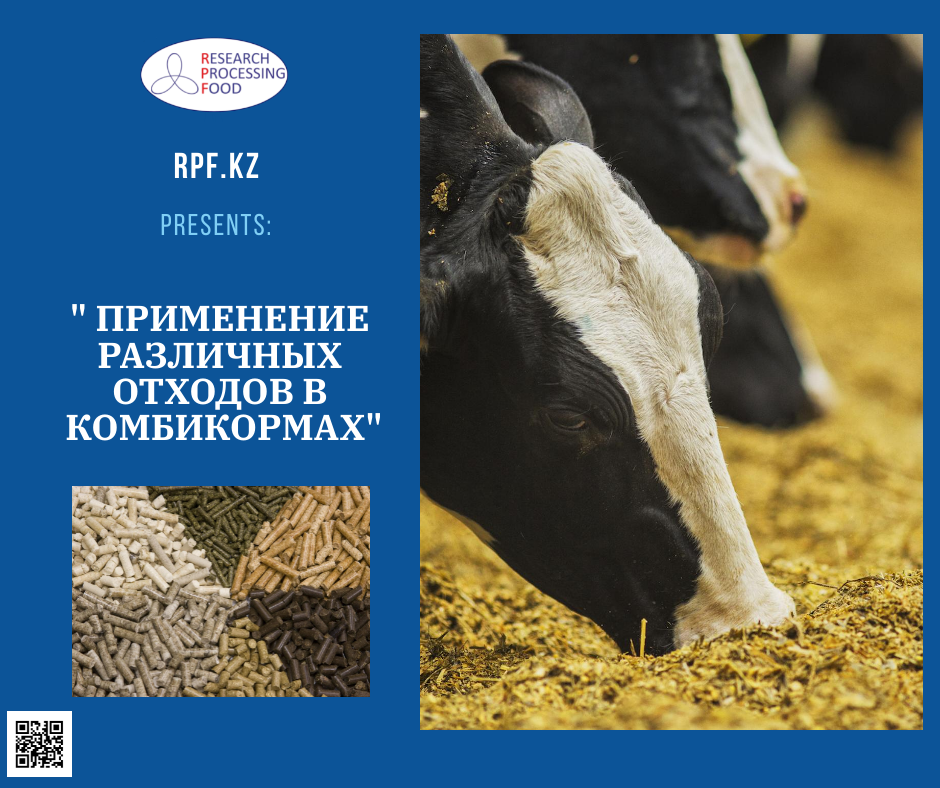Most often, in the production of protein-vitamin supplements in mixed fodders, meat and bone flour is used in the amount of 8-12%, produced from the waste of raw meat processing. Bone meal is obtained by processing bones freed from fat and adhesive substances. The flour is rich in calcium phosphate (up to 50-55%). Meat meal is obtained during the processing of internal organs, meat trimmings, etc. The norms for entering it into a protein-vitamin supplement are the same as for meat and bone meal. Blood meal is obtained from the blood of animals, it is rich in digestible protein (75 – 80%).
In protein-vitamin supplements intended for young animals, there is also milk in powder form.Of the products of microbiological synthesis, yeast is currently widely used. Depending on the method of production, they are divided into fodder dry yeast and fodder protein yeast. Dry fodder yeast is obtained from cultures of yeast grown on stillage and isolated from molasses stillage from alcohol production, as well as from purified liquid paraffins of oil.
Raw materials of mineral origin – table salt, chalk, feed phosphates, etc. In the production of protein and vitamin supplements, chalk is used that meets the requirements of technical specifications 21-41-69. It contains about 2% water, 37% calcium, 0.18% phosphorus, 05% potassium, 0.3% sodium, not more than 1% impurities of silicon and other elements. Chalk is used to regulate the quantitative ratio of calcium and phosphorus.
Feed table salt contains about 39% sodium, about 57% chlorine, as well as impurities of magnesium and sulfur. By adding table salt, the necessary ratio between sodium and potassium is equalized, but an excess amount of it in the diet is harmful and can cause diseases and even poisoning of animals.
Feed phosphates belong to phosphorus-calcium top dressing, and they are produced in two types: fluorine-free phosphate obtained by sintering apatite concentrate with small additions of sand in the presence of water vapor; tricalcium phosphate obtained by heat treatment of superphosphate from apatite concentrate.
Author of the article: Zh.S. Alimkulov ,Doctor of Technical Sciences, Professor, Academician of the Academy of Agricultural Sciences of the Republic of Kazakhstan.

